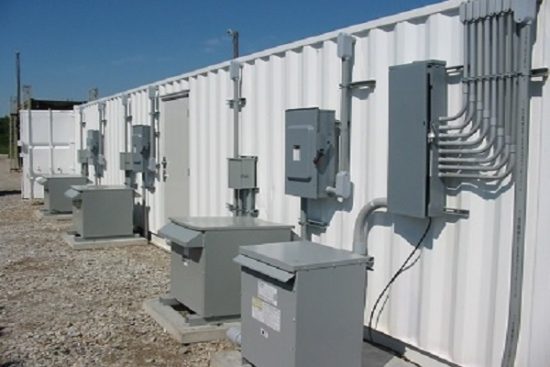-
×
 E - 1117 Introduction to Biofuels
1 × $75.00
E - 1117 Introduction to Biofuels
1 × $75.00 -
×
 E 1102 Valve Fundamentals
1 × $100.00
E 1102 Valve Fundamentals
1 × $100.00 -
×
 E - 1115 Sharp-Crested Weirs for Open Channel Flow Measurement
1 × $75.00
E - 1115 Sharp-Crested Weirs for Open Channel Flow Measurement
1 × $75.00
Subtotal: $250.00


 E - 1117 Introduction to Biofuels
E - 1117 Introduction to Biofuels  E 1102 Valve Fundamentals
E 1102 Valve Fundamentals  E - 1115 Sharp-Crested Weirs for Open Channel Flow Measurement
E - 1115 Sharp-Crested Weirs for Open Channel Flow Measurement 






